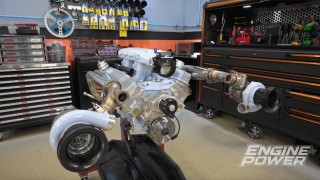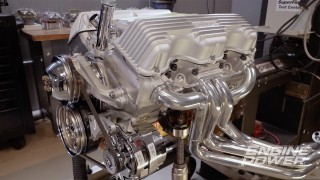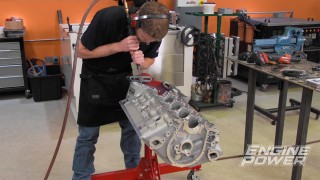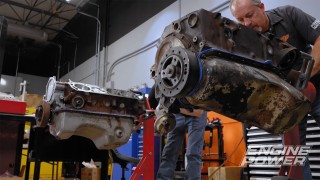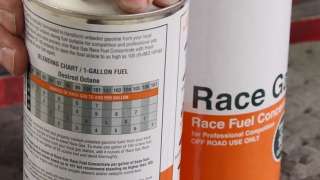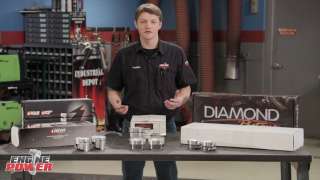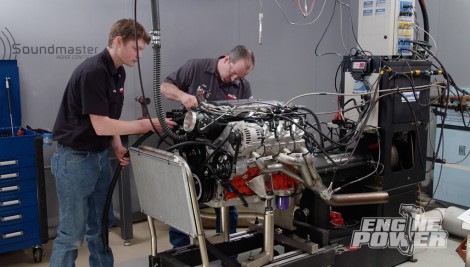
Reconfiguring A 427 LSX From Naturally Aspirated To Supercharged
We reconfigure our racy 427 LSX from naturally aspirated to supercharged status to make big boosted horsepower!
Season 8
Episode 8
Hosts: Pat Topolinski, Frankie Forman
First Air Date: April 12, 2021
Duration: 21 minutes 35 seconds
